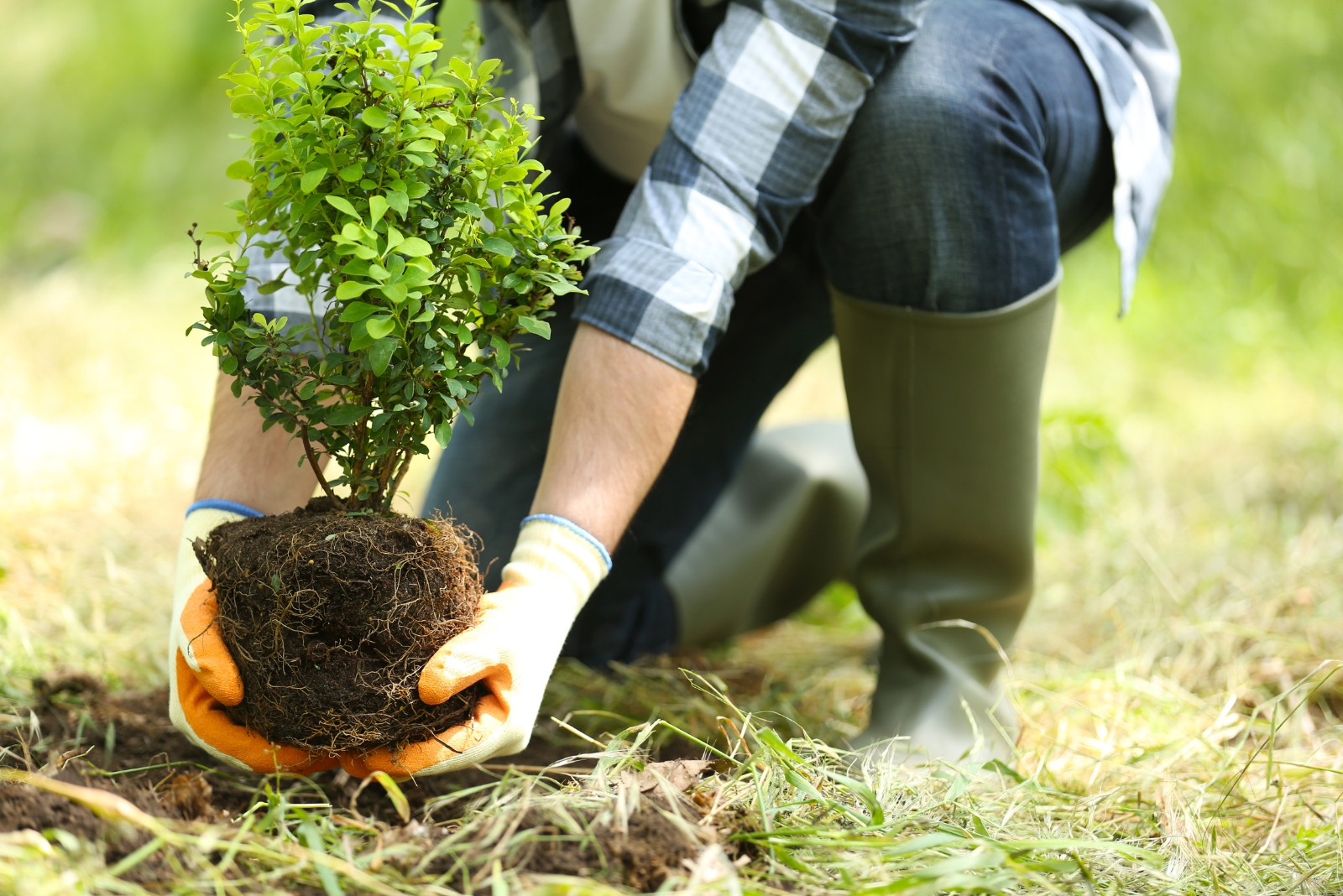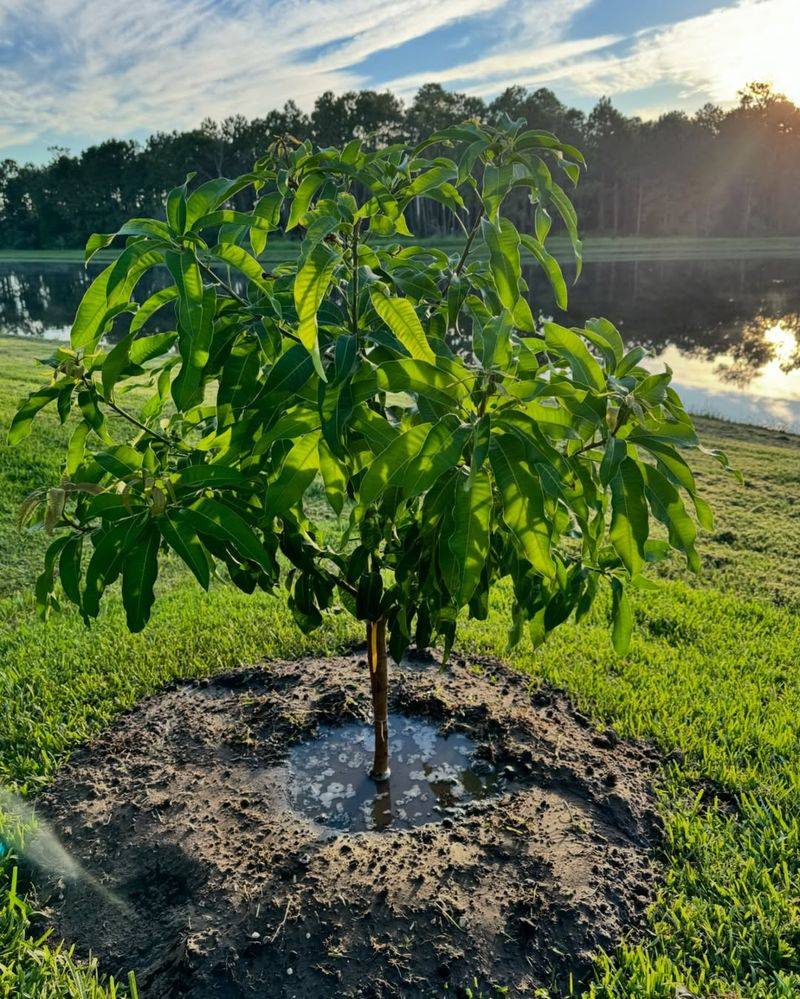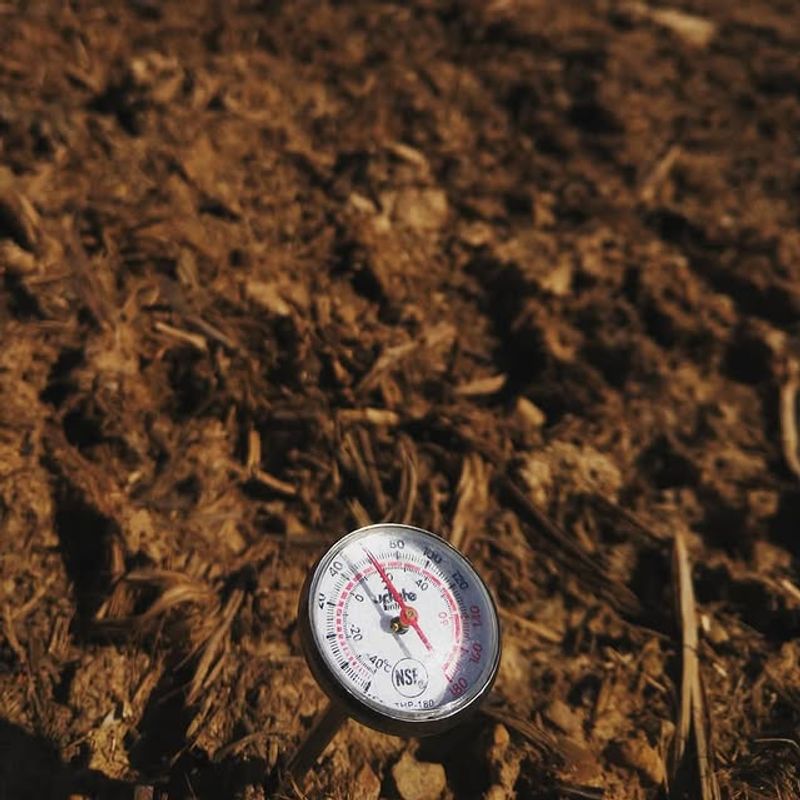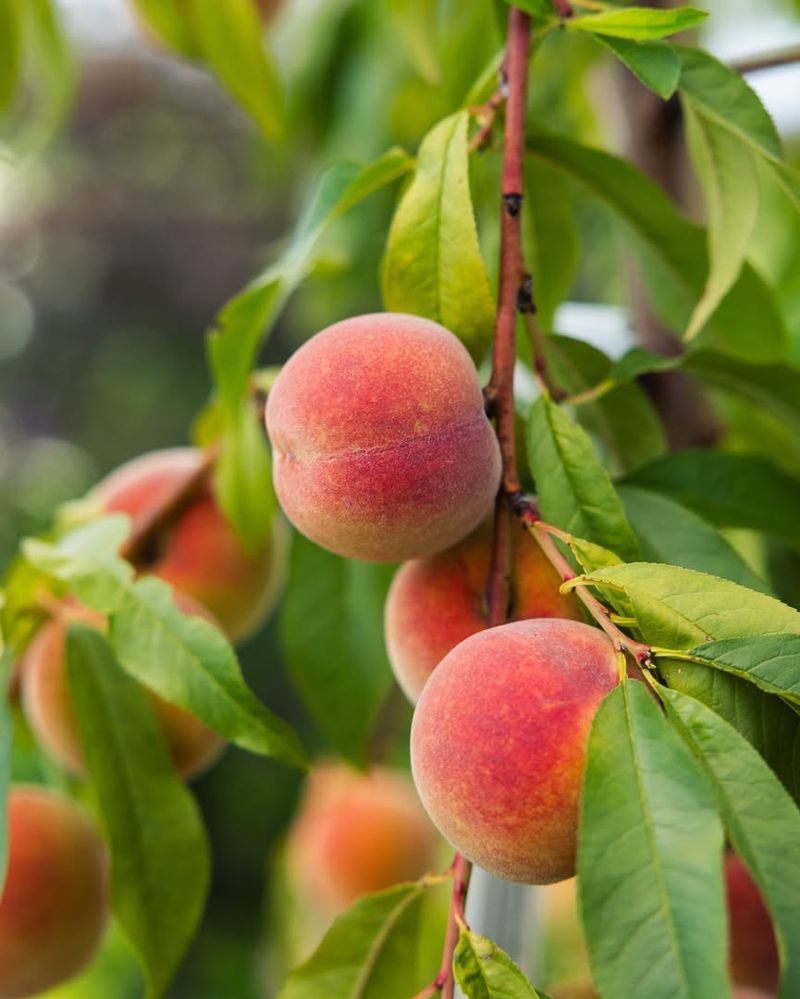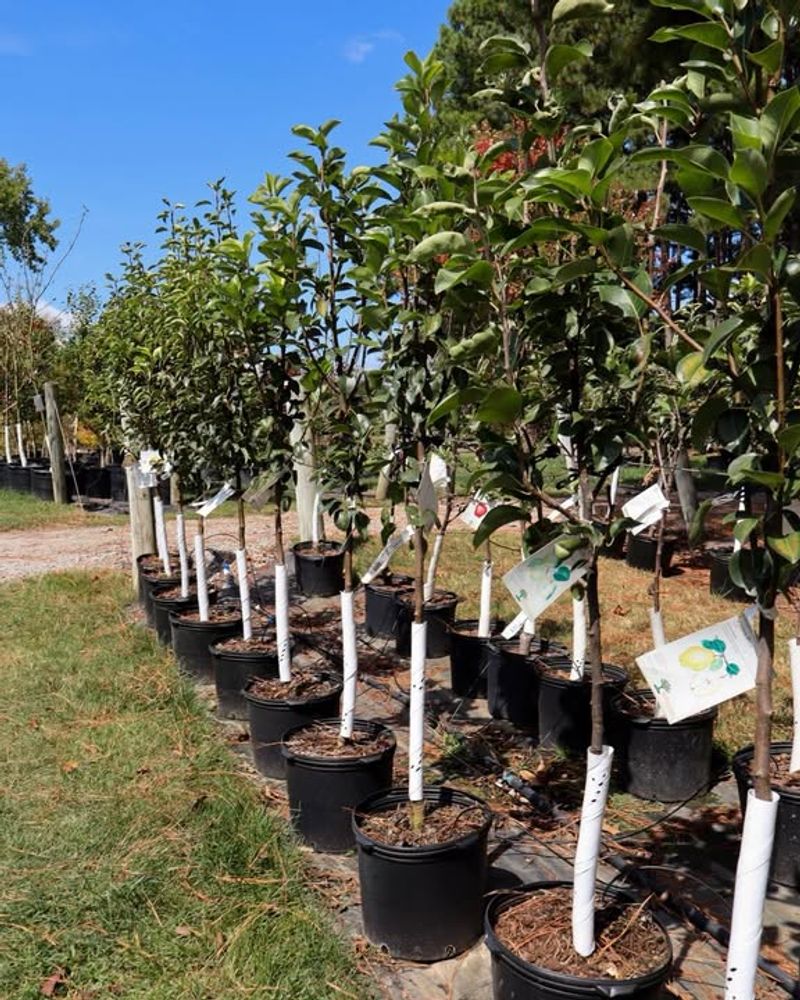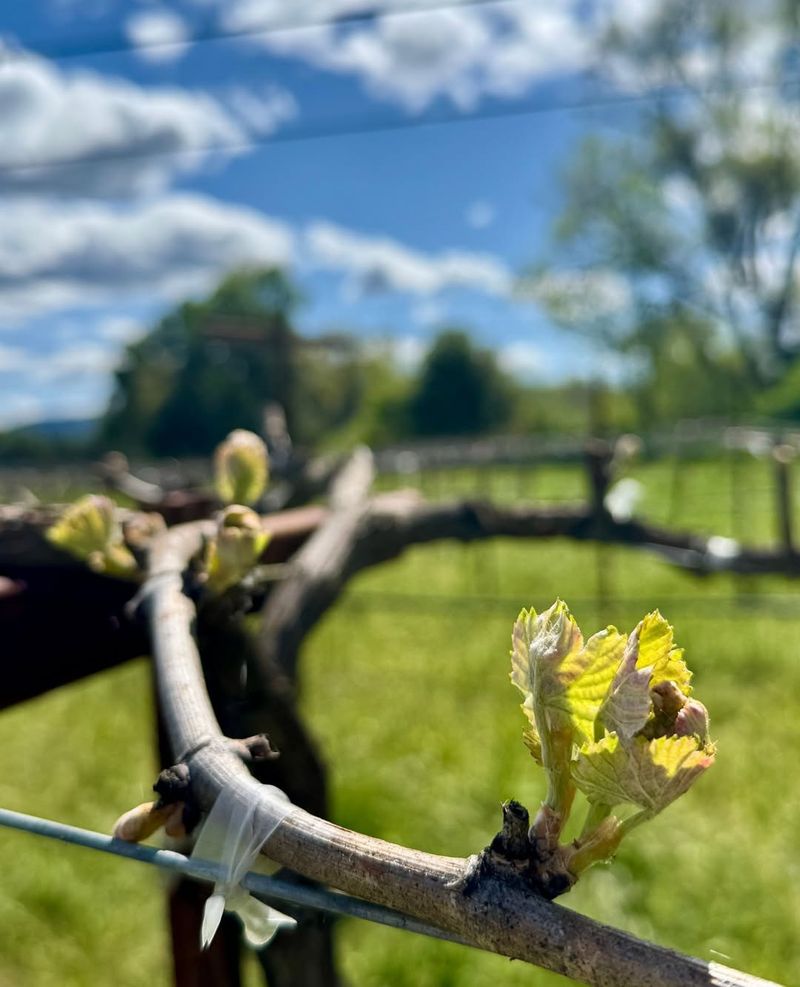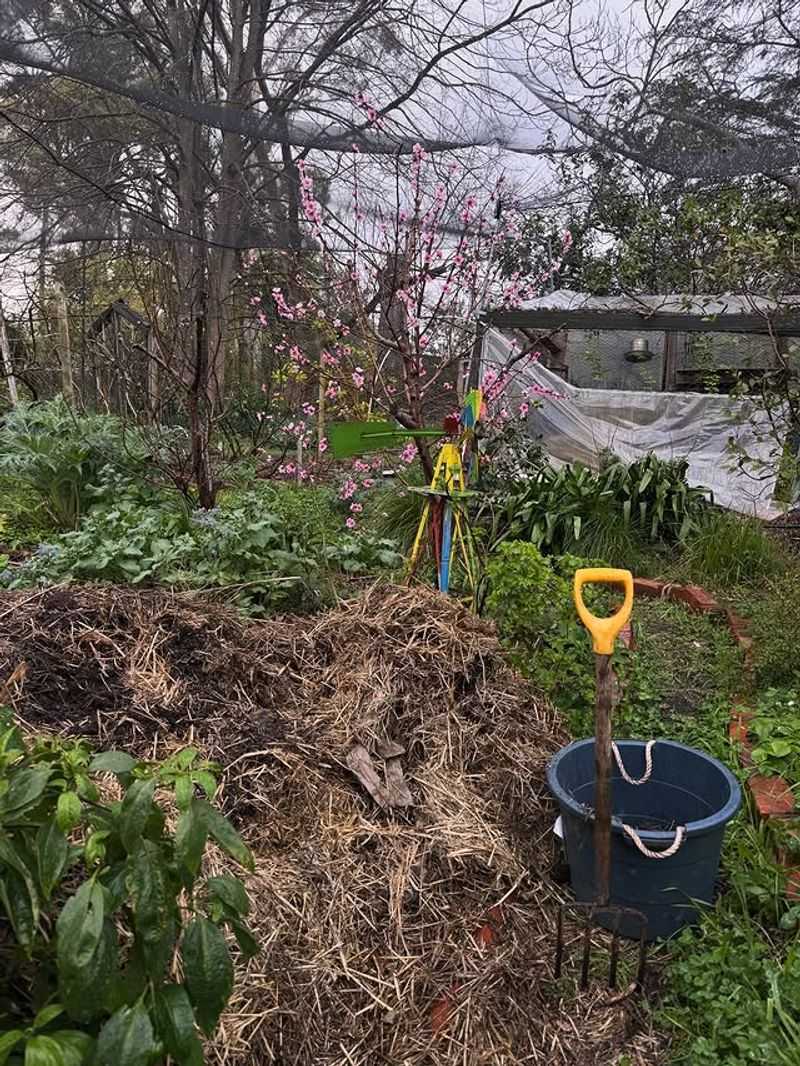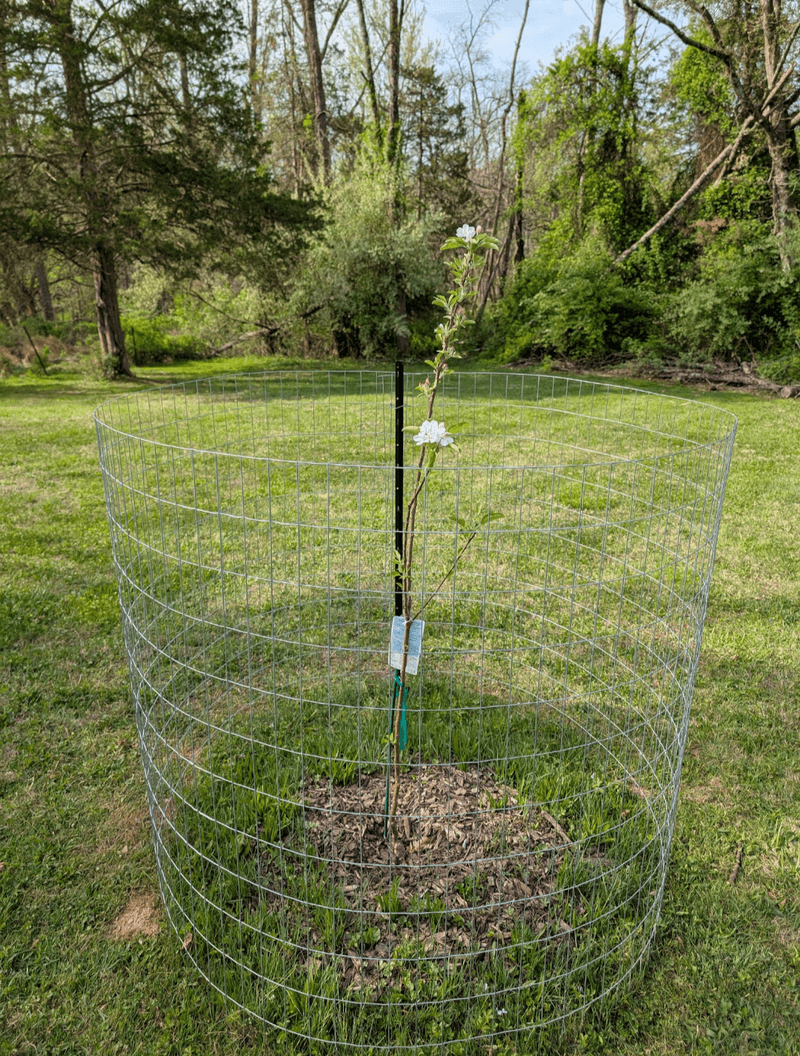Growing fruit trees in Georgia can be incredibly rewarding, but timing is everything. Plant at the wrong time, and your trees might struggle to survive or produce fruit.
Knowing the best planting windows and expert tips can make all the difference between a thriving orchard and a disappointing harvest.
1. Winter Dormancy Offers the Perfect Window
Most experts agree that late winter provides ideal conditions for planting fruit trees in Georgia. Between January and early March, trees remain dormant, which means they experience less shock when transplanted.
Cold temperatures allow roots to establish before spring growth begins. Your tree conserves energy during this period instead of focusing on leaves and flowers.
Planting during dormancy gives trees a head start once warm weather arrives, leading to stronger growth throughout the growing season.
2. Soil Temperature Matters More Than You Think
Ground temperature plays a crucial role in root development for newly planted fruit trees. Soil should be workable and not frozen solid, typically reaching around 40 to 50 degrees Fahrenheit.
When soil warms slightly in late winter, roots can begin absorbing water and nutrients effectively. Frozen or waterlogged ground prevents proper root establishment and can damage tender root systems.
Check your soil with a simple thermometer before planting to ensure conditions support healthy root growth and tree survival.
3. Choose Varieties That Thrive In Georgia’s Climate
Georgia’s warm, humid climate suits certain fruit trees better than others. Peaches, figs, apples, pears, and plums grow exceptionally well across most of the state.
Selecting varieties bred for your specific hardiness zone ensures better disease resistance and fruit production. Low-chill varieties work best in southern Georgia, while northern areas support trees needing more cold hours.
Local nurseries often carry region-specific cultivars that have proven track records, saving you from costly mistakes and ensuring successful harvests for years.
4. Fall Planting Works For Container-Grown Trees
Container-grown fruit trees offer more flexibility than bare-root options. Fall planting, particularly October through November, allows these trees to establish roots before winter dormancy sets in.
Cooler temperatures reduce transplant stress while soil remains warm enough for root growth. Fall rains provide natural irrigation, reducing your watering workload significantly.
Just avoid planting too late—trees need at least six weeks before the first hard freeze to develop adequate root systems and survive winter conditions successfully.
5. Avoid Spring Planting After Bud Break
Once buds begin swelling and leaves start emerging, planting becomes risky for fruit trees. Spring growth demands tremendous energy, and transplanting during this active phase causes severe stress.
Trees struggle to support both new foliage and developing root systems simultaneously. This competition often results in stunted growth, leaf drop, or even tree death in extreme cases.
If you must plant in spring, do so before mid-March in Georgia, ensuring trees remain dormant and can dedicate resources to establishing strong roots first.
6. Proper Site Preparation Beats Perfect Timing
Even with ideal planting dates, poor site preparation guarantees failure. Start by selecting locations with full sun exposure—at least six to eight hours daily for optimal fruit production.
Test soil pH and drainage well before planting season arrives. Most fruit trees prefer slightly acidic soil between 6.0 and 6.5 pH levels.
Amend heavy clay soil common in Georgia with organic matter to improve drainage. Proper preparation creates an environment where trees thrive regardless of minor timing variations.
7. Monitor Weather Forecasts Before Planting Day
Georgia’s unpredictable weather patterns require careful attention before planting fruit trees. Sudden cold snaps or extended freezes can damage newly planted trees, especially tender roots exposed during transplanting.
Wait for stable weather patterns with temperatures consistently above freezing at night. Avoid planting immediately before heavy rainstorms, which create waterlogged conditions harmful to establishing roots.
Planning around weather forecasts, even within the recommended planting window, significantly improves survival rates and helps your investment flourish for decades ahead.

